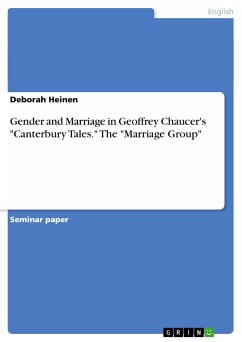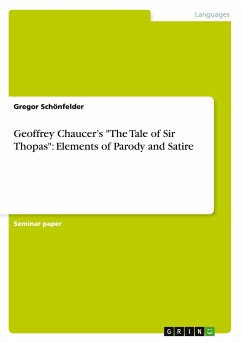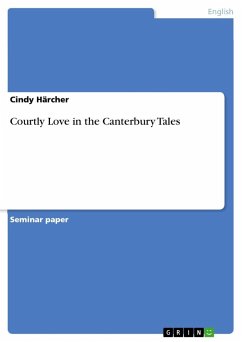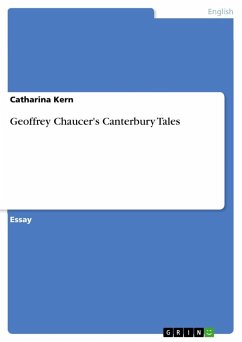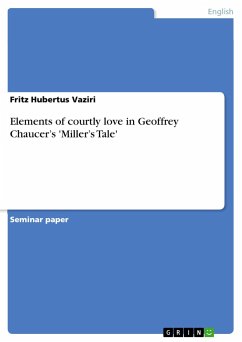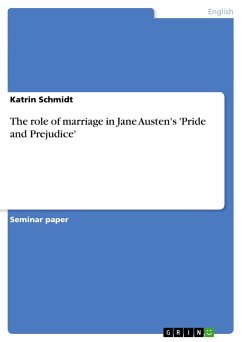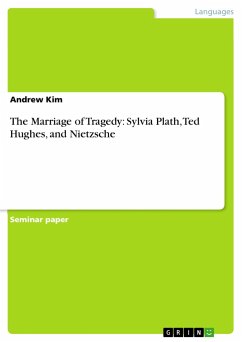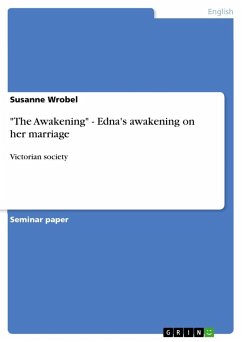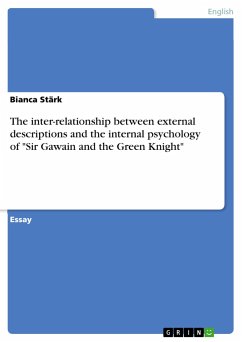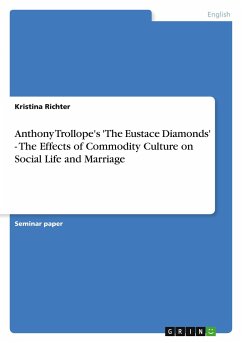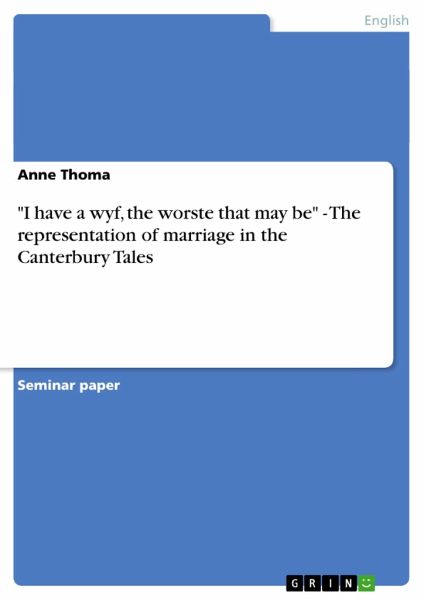
"I have a wyf, the worste that may be" - The representation of marriage in the Canterbury Tales

PAYBACK Punkte
0 °P sammeln!
Seminar paper from the year 2004 in the subject English Language and Literature Studies - Literature, grade: 66 (A-), University of Warwick (Department of English), course: Medieval to Renaissance English Literature, language: English, abstract: "I have a wyf, the worste that may be," says the merchant in his prologue of Chaucer'sCanterbury Tales (E.1218). However, in the beginning of the Franklin's Tale, thenarrating voice speaks of "the joye, the ese, and the prosperitee / That is bitwixe anhousbonde and his wyf" (F.804-05). This example shows how little unanimity there isamong the character...
Seminar paper from the year 2004 in the subject English Language and Literature Studies - Literature, grade: 66 (A-), University of Warwick (Department of English), course: Medieval to Renaissance English Literature, language: English, abstract: "I have a wyf, the worste that may be," says the merchant in his prologue of Chaucer'sCanterbury Tales (E.1218). However, in the beginning of the Franklin's Tale, thenarrating voice speaks of "the joye, the ese, and the prosperitee / That is bitwixe anhousbonde and his wyf" (F.804-05). This example shows how little unanimity there isamong the characters of the Canterbury Tales when it comes to marriage, be they thepilgrims or be they the characters within the pilgrims' tales. The aim of the presentpaper is to show the various ways in which Chaucer represents marriage in theCanterbury Tales. I will refer to The Miller's Prologue and Tale, The Wife of Bath'sPrologue and Tale, The Merchant's Prologue and Tale and to The Franklin's Tale. Thefirst three chosen tales show marriage in a deformed shape, as a relationship over whichpredominance of one sex over the other and / or a strong economic interest are hoveringand lead to unpleasant incidences. The fourth tale depicts wedlock as an ideal kind ofmarriage, a state of mutual connectedness in which values like patience, fidelity,generosity and nobility can be explored (lecture). I will support those claims with ananalysis of the tales taken each by its own. I will also examine them as interrelatedelements of what is considered a "marriage debate" (Hussey 135). According to thistheory, the Franklin's Tale is seen as the solution and final element of a debate whichbegins with the Wife of Bath and runs through The Clerk's Tale and The Merchant'sTale.




